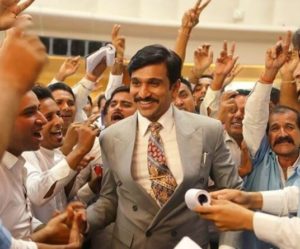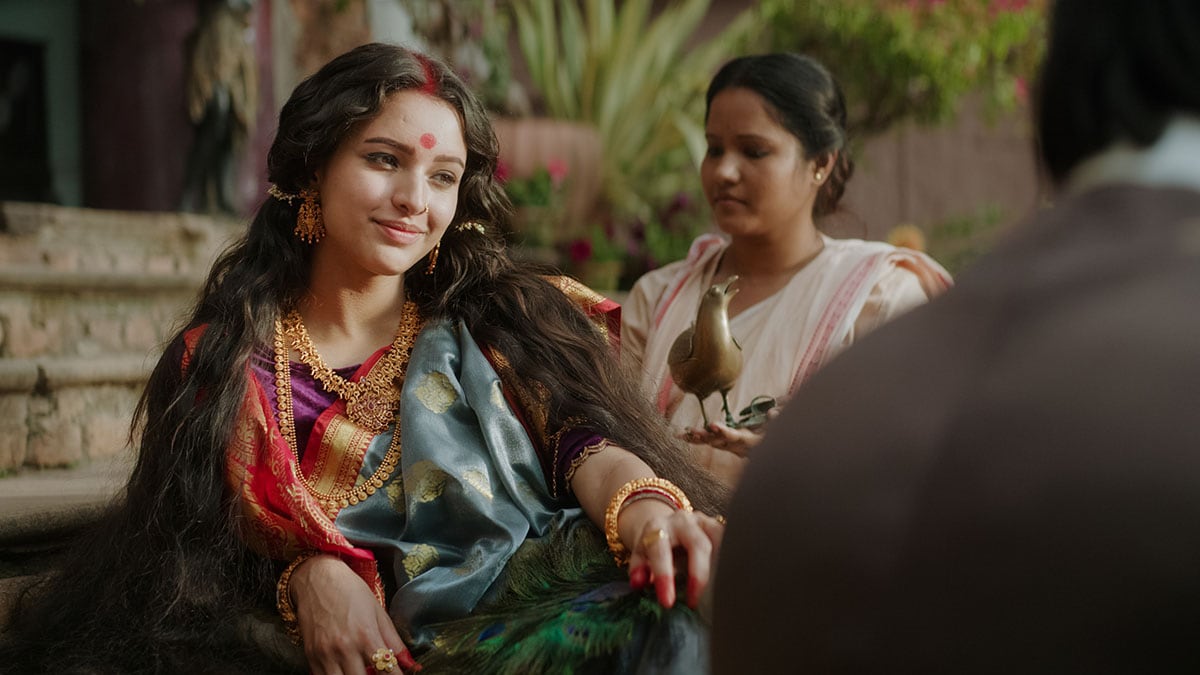The way audience consumes content isn’t the same anymore amid the new normal
The global pandemic might have been a bane for most, but for the OTT platforms – it’s definitely a boon! Just when India, like many other counties in the world, was getting acquainted with the culture of binge-watching,little did it know that a time will come when the likes of Netflix and Amazon Prime Video will be the entertainment providers.
This was the time when movie theatres across the world remained shut for the longest time in history. The entertainment industry globally was one of the worst-hit sectors when it came to further production – but that’s when the OTT platforms came in the garb of a saviour.
With people worldwide locked down at home, trying to grapple with boredom and several other issues – a mode of entertainment was, and still is, the need of the hour. For India, 2020 also witnessed a dynamic development – the way people consumed content was not anymore dependent on big names. In India, especially when it comes to the Hindi film industry, superstars or big production houses were used to draw audiences – and small scale, low budget films or shows fought for a wider reach, dreaming of a full house.
But OTT has changed that ball game altogether. Who would have thought, a year ago, that a small-budget series like Panchayat (starring Jitendra Kumar) would be considered as one of 2020’s best series. Who would have thought that film journalist Rajeev Masand’s famous “A-listers roundtable conference 2020” will have ‘character’ actors (and not so-called ‘stars’ like it mostly had) like Divyendu Tripathi, Pratik Gandhi, Jaideep Ahlawat, Divyendu Sharma, Tripti Dimri, Tillotama Shome, among others.
Not only Panchayat, many other series like Pataal Lok, Mirzapur 2, A Suitable Boy, Scam 1992: The Harshad Mehta Story, Ashram, Arya, among others – were immensely appreciated and loved by both audience and critics alike. None of these shows had any big names or massive production house – yet they managed to leave a deep impact.

Not only shows, Indian films too proved that one doesn’t require much to make it big – and content is definitely king. Prosit Roy’s Bulbbul received rave reviews for its horrifying yet tragic portrayal of women’s oppression and the many facades of patriarchy. Among notable filmmakers, both the Anurags (Kashyap and Basu) of Bollywood also delivered notable hits like Choked and Ludo. Shoojit Sircar’s Gulabo Sitabo also was a noteworthy film this year.
Since October, cinema halls have once again started functioning – but are far from getting back to their feet. Audiences, including film lovers, are not keen on visiting a movie theatre to watch a film amid a pandemic. This has definitely affected the business, but many are questioning whether the change is for real – or it’s just a passing phase.
“I don’t think that the cinemas will not exist or OTT will take on, I just think that the kind of content available in the mediums will probably undergo a kind of a shift. Cinema will now have to really really justify the Rs 250-300 being asked for…”, said Gautam Talwar, chief content officer of MX Player, at an event recently.
Rightly so, the audience by now are accustomed to authentic content which sounds, looks and feels real. Also, OTT being free from any supervision (as of now, thankfully) also makes it easy to portray the nuances of everyday lives, be it abuse or nudity, with more authenticity and freedom. Here’s where films on big screens definitely lag behind.
It’s easy to be optimistic when you consider what filmmaker Anurag Basu said in an interview to a magazine: “Over the years, theatres, TV, satellite, DVDs, OTT… all of it has come and flourished. I think cinema theatres and OTT will both co-exist… because people now have more options to get entertained. The more, the merrier.”
(Cover Photo: Tripti Dimri charms the audience as Bulbbul in the Netflix original of the same name)





